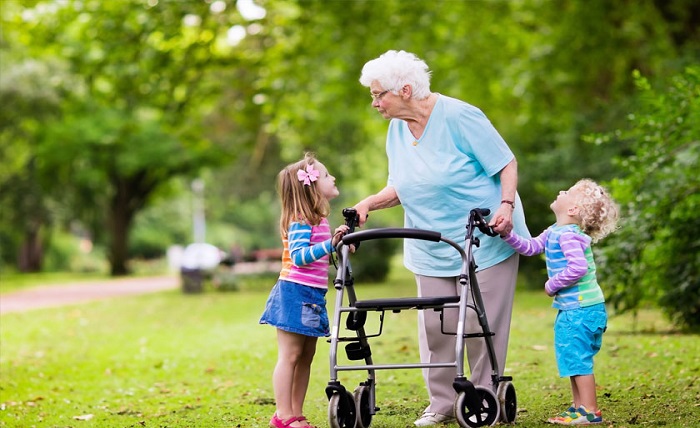How a Walker Can Help Seniors Stay Active and Independent

Our bodies often become less able to provide us the mobility we need. This can make performing everyday tasks more difficult and sometimes even dangerous. Fortunately, there are a variety of aids that can help ensure that seniors remain independent and safe while doing the activities they enjoy. Among the many mobility aids available, walkers for seniors stand out as a safe and reliable choice.
Types Of Walkers
- Traditional Walkers have no wheels and are made from a lightweight aluminum frame with rigid arms/handles for support. These models only require a little effort to move around but need to be lifted when going up stairs or curbsides.
- Rolling Walkers have both small back wheels and swiveling front wheels, allowing you to push the walker along instead of lifting it every time you want to move it forward. These types provide better stability than traditional models but may not be suitable if you require extra support when standing up or leaning sideways.
Features To Consider When Choosing A Walker For Seniors
When shopping for new walkers for seniors, it is essential to consider several features. Here are some key points worth considering:
- Handle Height – Depending on your height, make sure the handlebars are adjustable so that they reach both hips comfortably while standing upright – if necessary most models come with an extension kit in case additional height is needed later down the track!
- Width Between Arms – Make sure the width between arms/handlebars is wide enough so that both hands fit comfortably on either side while standing upright – this will help ensure maximum stability during use!
- Braking System – Loop locks vs. hand brakes: loop locks tend to be cheapest but may require more strength/effort when setting them in place, whereas hand brakes provide more control over speed & movement as they’re operated by pushing down with one hand – always try before buying!
- Folding Mechanism – Many models now come equipped with folding mechanisms, which make them more manageable (and safer) to transport & store away when not in use – bear in mind. However, these systems usually add extra weight& bulk, so check out how compact it folds down before purchasing if portability is essential to your decision-making process!
- Seats & Baskets – Some models feature optional accessories such as removable seats & baskets, which may be helpful depending on what activities senior citizen plan on doing while using their new walker – always check specifications carefully before buying!
Safety Tips For Using A Walker
Nowadays, much information is available about the proper use & maintenance of mobility aids such as wheelchairs & rollators. However, below are a few simple tips worth bearing in mind when using any walker:
- Always use caution when trying new devices: Before getting started, please consult your doctor if unsure whether the device is safe enough given any medical conditions, etc.
- Ensure correct positioning: Ensure feet are placed firmly onto the ground while using the device by flexing knees & hips forwards slightly until a comfortable position is established.
- Ensure secure grip throughout movement: Grip handles firmly using palms flat against each side while moving the device around; otherwise, you risk losing balance suddenly, resulting in injuries, etc.
In short, Walkers come in different sizes and shapes but typically consist of a frame on four legs with a handle or two handles at each side and wheels. They offer support when you stand, walk, or lift something heavy. Moreover, models designed especially for senior citizens provide excellent stability and balance without being too bulky or cumbersome.





